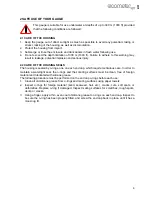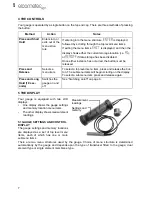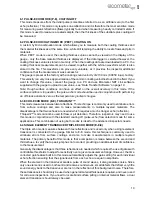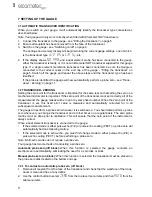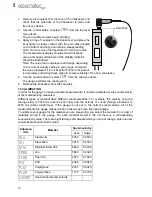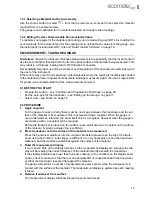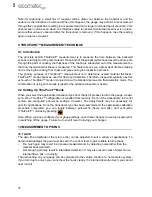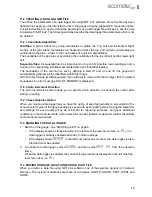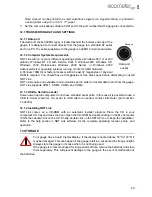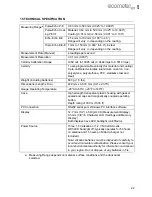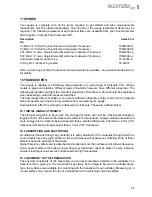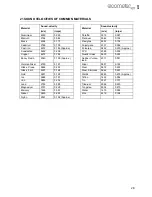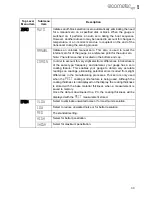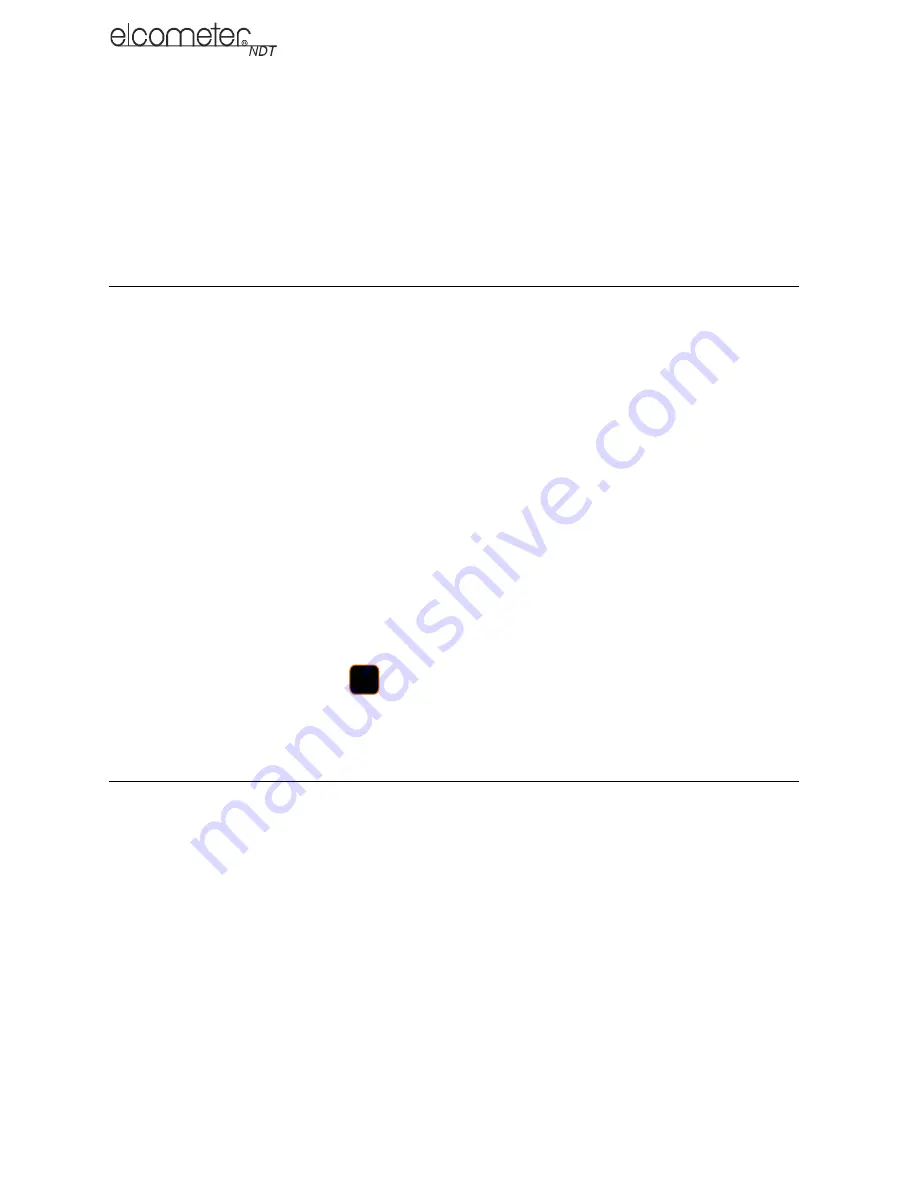
15
en
Note: Occasionally, a small film of couplant will be drawn out between the transducer and the
surface as the transducer is removed. When this happens, the gauge may perform a measurement
through this couplant film, resulting in a measurement that is larger or smaller than it should be. This
phenomenon can be seen when one thickness value is observed while the transducer is in place,
and another value is observed after the transducer is removed. If this happens, take the reading
again using less couplant.
9 THRUPAINT™ MEASUREMENT TECHNIQUE
9.1 Introduction
The principle behind ThruPaint™ measurement is to measure the time between two backwall
echoes returning from the test material. Since both of these backwall echoes travel the same path
through the paint or coating, the thickness of the coating is subtracted out of the measurement so
that only the material thickness is measured. This feature saves you a great deal of time scraping
and removing the coating from tanks and pipes during the inspection process.
The primary purpose of ThruPaint™ measurement is to determine overall material thickness;
ThruPaint™ mode cannot be used for flaw or pit detection. Therefore, inspectors typically use this
echo-echo ThruPaint™ mode in conjunction with a standard pulse-echo flaw detection mode. The
combination of using both modes is ideal for the advanced inspectors needs.
9.2 Setting Up ThruPaint™ Mode
When you select the appropriate transducer type from the list of probes stored in the gauge, a basic
echo-echo ThruPaint™ configuration is recalled from memory. Each of the transducers in the list
contain pre-configured echo-echo settings. However, fine adjustments may be necessary for
specific applications. Once the transducer type has been selected and the appropriate calibration
procedure completed, you can toggle between pulse-echo (flaws and pits), and echo-echo
(ThruPaint™) modes by pressing
.
Note: When you have configured your gauge settings, save these changes to a setup location prior
to switching off the gauge. Failure to do so will result in losing your changes.
10 MEASUREMENT OPTIONS
10.1 GAIN
The gain (the amplitude of the return echo) can be adjusted to suit a variety of applications. To
obtain valid readings the gain must be set to the correct level to give reliable return echoes:
•
Too much gain may result in erroneous measurements by detecting noise rather than the
material back wall itself.
•
Not enough gain may result in intermittent detection. It may also result in lack of detection on
internal flaws, pits, or porosity.
The gain setting on your gauge can be compared to the volume control of a home stereo system.
If you turn it up too much you cannot hear the music clearly. If it is turned down too much, you cannot
hear it at all.
08/7,
02'(




